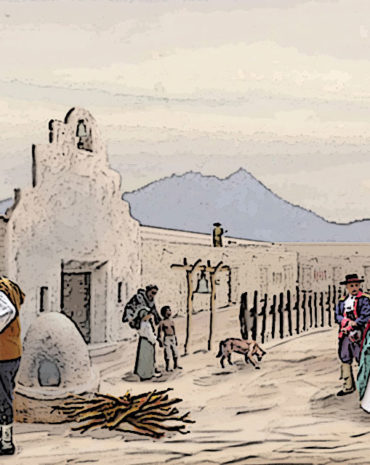 Apr 27
Apr 27Archaeology Archive: Exploring Fairbank
Homer Thiel takes us on a road trip to Fairbank, Arizona, a ghost town just west of Tombstone, to explore not just the historic records of the town but the Hohokam settlement established in the same place a thousand years earlier. Back in the 1980s and early 1990s, the Center…










